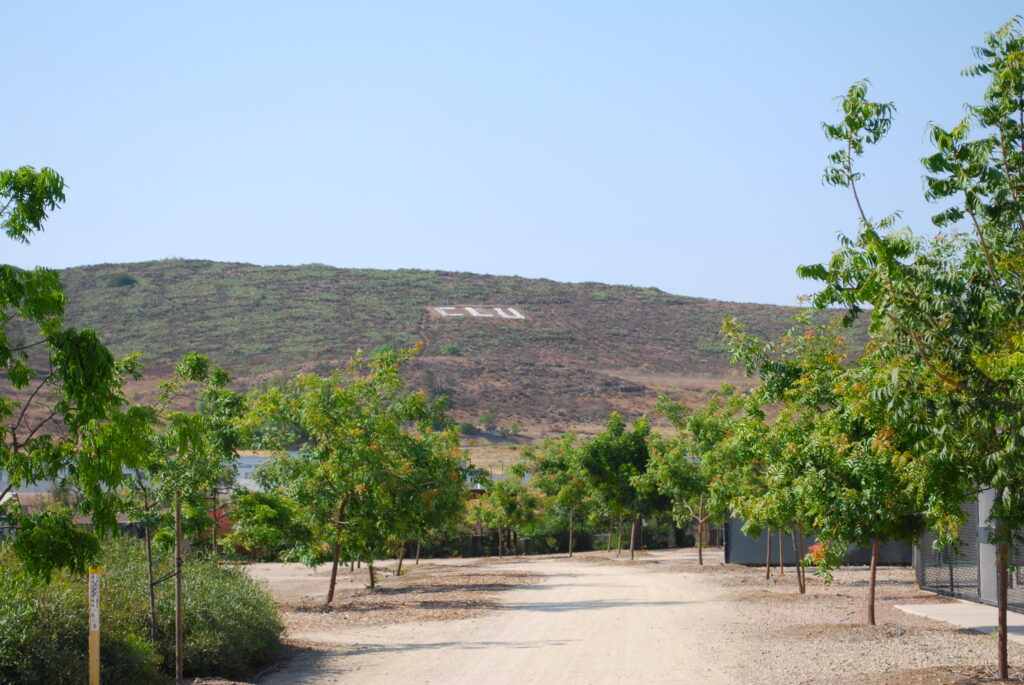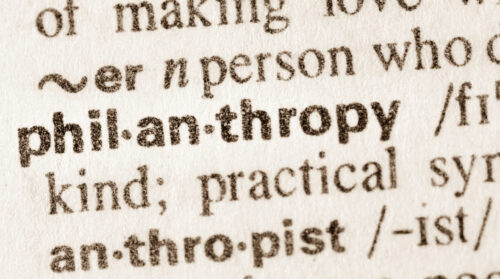A recent gift to California Lutheran University shows how donors and recipients can work together to marry the donor’s vision and the university’s needs.
Giving well can be a challenge for donors who want to make a tangible difference with their philanthropy. It requires a clear vision, open conversations, and a willingness to listen on the part of the university and the donor. A recent change to a gift to California Lutheran University (Cal Lutheran) is an excellent example of how to give well.
While many donors give to their alma mater, some are inspired to support a local college in their community that they have come to know. This is what retired businessman Steven Dorfman did when he decided to make a major gift to Cal Lutheran, a liberal arts college near his home. And when the COVID-19 crisis changed the priorities of many schools across the country, Mr. Dorfman and the university worked together to pivot his original gift in order to help the institution and its students weather the storm. While Mr. Dorfman had a vision for his gift, he also understood that the school had its own needs and priorities that he was eager to support.
In 2018, Mr. Dorfman pledged $6 million to Cal Lutheran to build a facility for the School of Management. In the wake of the pandemic, Mr. Dorfman realized that he could have a more immediate impact by modifying his gift, while still honoring his goal to support the School of Management. After conversations with the dean of the School of Management and the newly appointed president of Cal Lutheran, Mr. Dorfman decided to direct $1.2 million to the original project, but put the remaining $4.8 million toward an endowment for a professor of practice in entrepreneurship, merit-based scholarships for students in the School of Management, and entrepreneurship grants. In recognition of this generous gift, the entrepreneurship program on campus will be named the Steven Dorfman Center for Innovation and Entrepreneurship.
Although the structure of Mr. Dorfman’s gift looks different from his original pledge, his vision remains the same. In the press release announcing the gift’s redirection, Mr. Dorfman commented that it did not seem like the right timing for colleges to build new physical facilities. He remarked, “Repurposing a capital gift in a way that supports the School of Management and its students is consistent with my original goal. Plus, it is quite satisfying to be able to make a campus-wide impact and directly assist students given the current hardships that the pandemic has created.” As one result of his gift, eight students will have their tuition either completely or in large part covered.
The motivation behind Mr. Dorfman’s decision to adjust his gift reveals an underlying principle of good philanthropy: give while you live. Not only is it satisfying to observe the results of your gift, but it is also easier ensure that your intent is being honored. Mr. Dorfman, like many donors, looked forward to seeing the impact of his philanthropy during his lifetime. After construction on the original project was delayed, Mr. Dorfman realized that amending the gift would be the best way forward. The university respected his desire and, together, they found a solution.
Sometimes, philanthropists can have the most transformative impact by using their gifts to support students and academic excellence, rather than capital projects. Although a new building is exciting, maintenance costs can prove to be an expensive drain on a college’s limited resources. California Lutheran University President Lori Varlotta praised Mr. Dorfman for being “willing to put his initial hopes and dreams about a glamorous project aside and to support the things that universities should prioritize most.” Both the university and Mr. Dorfman recognized that helping to alleviate the economic hardship facing many students and enriching their experience on campus should come first.
Unfortunately, many colleges and universities decide to repurpose gifts without discussing the decision with the donor. Cal Lutheran sets an important example of how schools and donors can work together to determine the best use of funds. Finding the right balance of matching an institution’s needs with a donor’s interests can be challenging. The story of Mr. Dorfman and Cal Lutheran shows that it is both possible and praiseworthy.







Finally among all the philanthropy stories comes a practical, real-time example of collaboration and trust. This is a compelling example. Both parties adjusted traditional “donor intent” and “stewardship” mindsets to find common ground, with immediate beneficial impacts. This is well-composed and a thought-provoking case. Hopefully it will become a template for more “giving while living” charity.